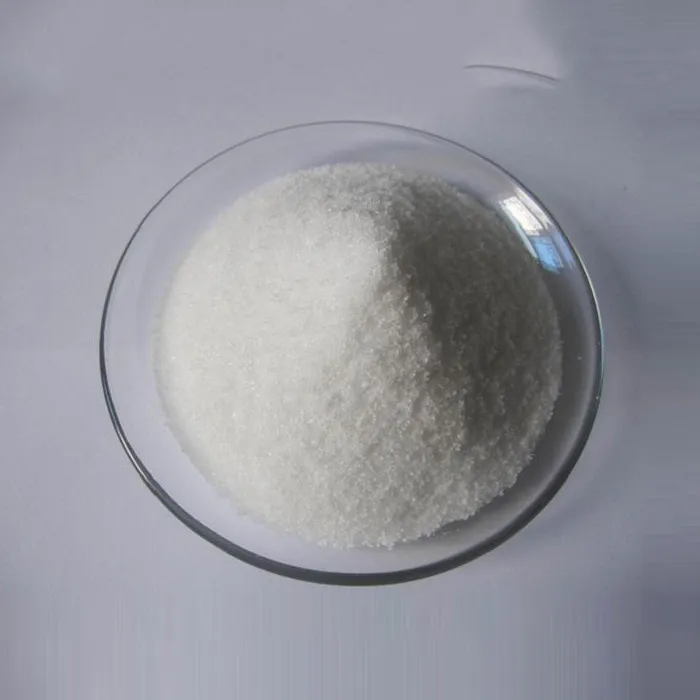An Overview of Polyacrylamide (CAS No. 9003-05-8)
Polyacrylamide is a versatile polymer that has found extensive applications in various industries due to its unique properties. With the Chemical Abstracts Service (CAS) number 9003-05-8, polyacrylamide has become a subject of interest in both scientific research and industrial applications. This article delves into the composition, characteristics, applications, and safety considerations related to polyacrylamide.
What is Polyacrylamide?
Polyacrylamide is synthesized through the polymerization of acrylamide monomers. It is a water-soluble polymer that can form a gel-like structure when cross-linked. The polymer can exist in different forms, including anionic, cationic, and non-ionic, depending on the specific modifications made during production. This diversity in forms allows polyacrylamide to be tailored for various purposes, enhancing its utility across different sectors.
Characteristics of Polyacrylamide
Polyacrylamide exhibits several significant characteristics
1. High Molecular Weight The polymer can achieve very high molecular weights, ranging from tens of thousands to millions of Daltons. This contributes to its gel-forming capability and its ability to enhance fluid viscosity.
2. Water Solubility Polyacrylamide is soluble in water, which makes it effective for a range of applications, especially in aqueous environments.
3. Ionic Properties The degree of ionization of polyacrylamide can be controlled through the use of different co-monomers. This feature allows for the customization of its properties, making it suitable for specific applications.
4. Thermal Stability Polyacrylamide is stable over a wide range of temperatures, but it can undergo hydrolysis at elevated temperatures, which can impact its performance.
Applications of Polyacrylamide
Polyacrylamide is utilized in various industries due to its unique properties
polyacrylamide cas no

1. Water Treatment One of the primary applications of polyacrylamide is in water treatment processes. It acts as a flocculant, helping to aggregate and precipitate suspended particles, making it easier to separate contaminants from water.
2. Soil Stabilization In agricultural practices, polyacrylamide is used to enhance soil structure, reduce erosion, and improve water retention in soil. This helps in the sustainable management of water resources and agricultural productivity.
3. Oil Recovery Polyacrylamide is applied in enhanced oil recovery processes. It helps to reduce the viscosity of the water injected into oil wells, improving the efficiency of oil extraction.
4. Textile and Paper Industries In these industries, polyacrylamide is utilized in processes such as sizing and coating, where it aids in improving the strength and texture of materials.
5. Cosmetics and Personal Care The versatility of polyacrylamide extends to its use in the cosmetic industry, where it functions as a thickening agent and stabilizer in various formulations.
6. Biomedical Applications Polyacrylamide gels are commonly used in electrophoresis for the separation of biomolecules, demonstrating its significance in research and diagnostics.
Safety Considerations
While polyacrylamide is widely used, certain safety considerations must be taken into account. Acrylamide, a monomer used in the production of polyacrylamide, is classified as a potential human carcinogen. Therefore, exposure to acrylamide must be minimized during its handling and processing. Manufacturers and users are encouraged to follow strict safety protocols, including the use of personal protective equipment (PPE) and appropriate ventilation in work areas.
Additionally, while polyacrylamide itself is generally considered non-toxic after polymerization, it is essential to ensure that the specific formulation being used does not contain harmful residual monomers or contaminants.
Conclusion
Polyacrylamide (CAS No. 9003-05-8) represents a significant advancement in polymer chemistry, providing numerous benefits across different sectors. Its applications range from environmental management to industrial processes, underscoring its importance in modern technology. As research continues to explore new formulations and applications, polyacrylamide is likely to maintain its position as a vital material in various industries, always with a focus on safety and environmental impact.

